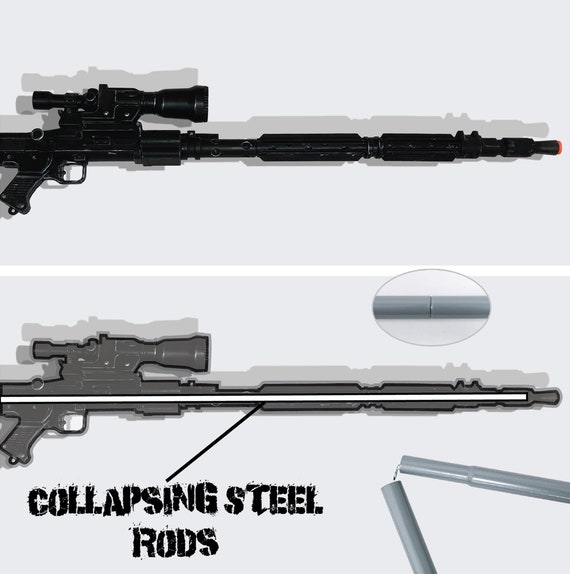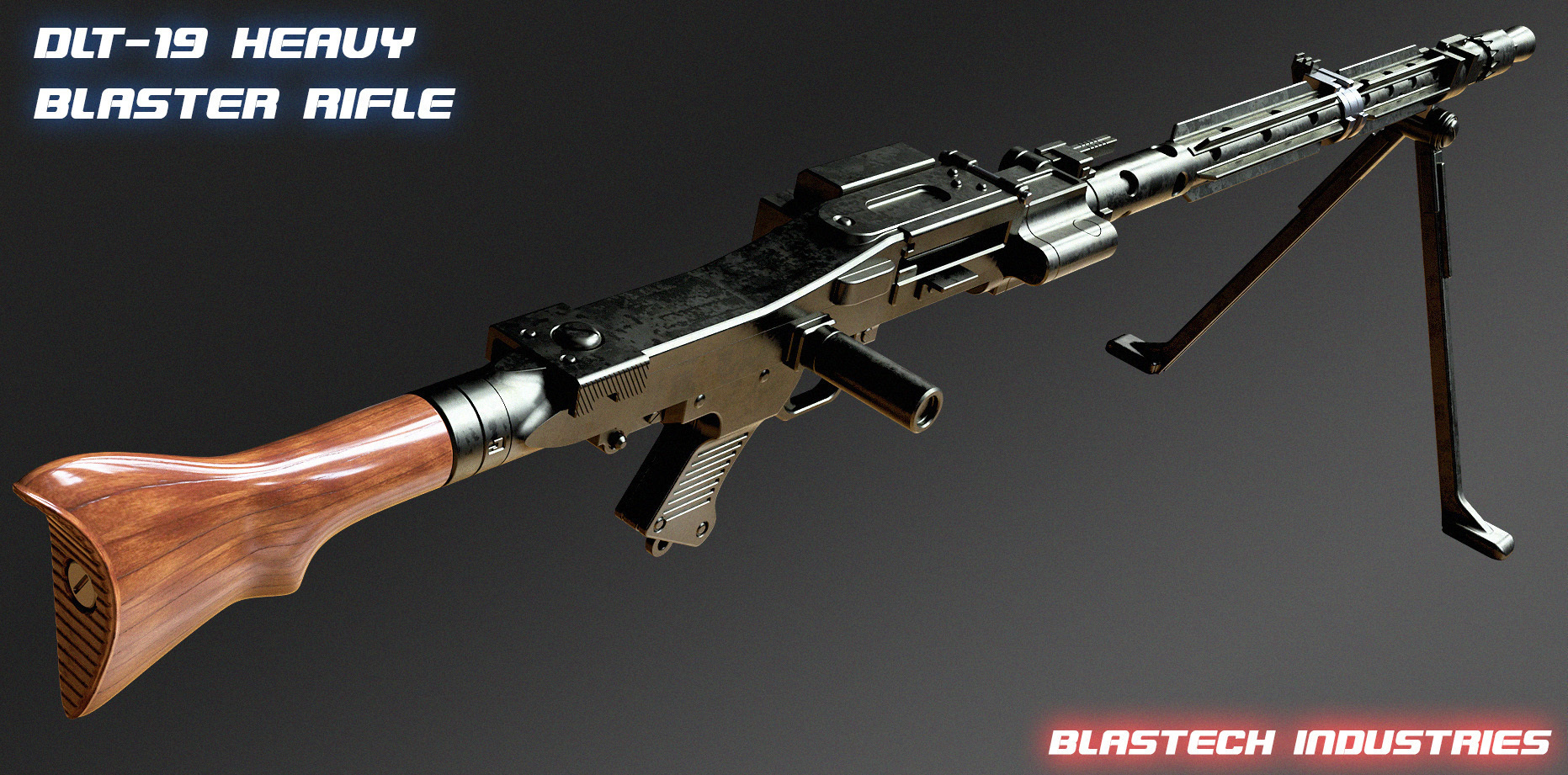

The ricasso marking is believed to identify the forger. The identity of the maker represented by "NL" is not known. The acceptance marking on the elbow is consistent with other known Liege, Belgium makers' acceptance marks. The M1847 also introduced the tapered blade shoulder, which the U.S. The locking ring has a distinctive profile when viewed end-on. The fuller is shallow, as wide as the blade, and squared off where it terminates at the ricasso. (67 mm.) long socket is cut for a bottom stud. The M1847 was a refinement of the M1822 bayonet. The double-curve added strength and rigidity, while keeping the hilt and point in alignment for thrusting efficiency.īlade (Spine): "Mre Impale de Chat 7bre 1856 = S.B. "Yataghan" is derived from the Turkish word for "one who lays down" to describe the downard-sweeping double-curve blade profile. This example was made in September 1856 at the French State Arsenal, Manufacture Imperiale de Châtellerault. This is most apparent when comparing the scabbards. The M1842 blade is heavier than the M1866.


These were all short, carbine-length arms.Ī refinement of the world's first yataghan sword bayonet, the M1840, the M1842 had a longer, heavier blade and replaced the M1840's brass crosspiece with steel. 71 caliber M1829/46 Mousqueton de Artillerie (Artillery Carbine), M1840 Carbine de Munition (M1840 Rifle Ammunition), M1846 and M1853 Carbine de Tige (M1846 & M1853 Pillar Breech Rifle), and M1859 Minié Carbine (Minié Rifle).


 0 kommentar(er)
0 kommentar(er)
